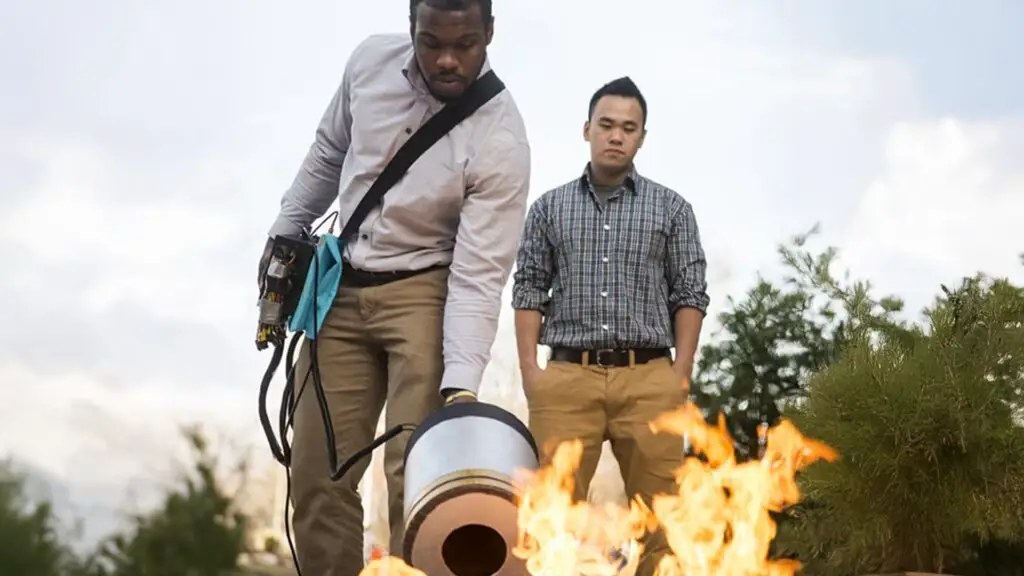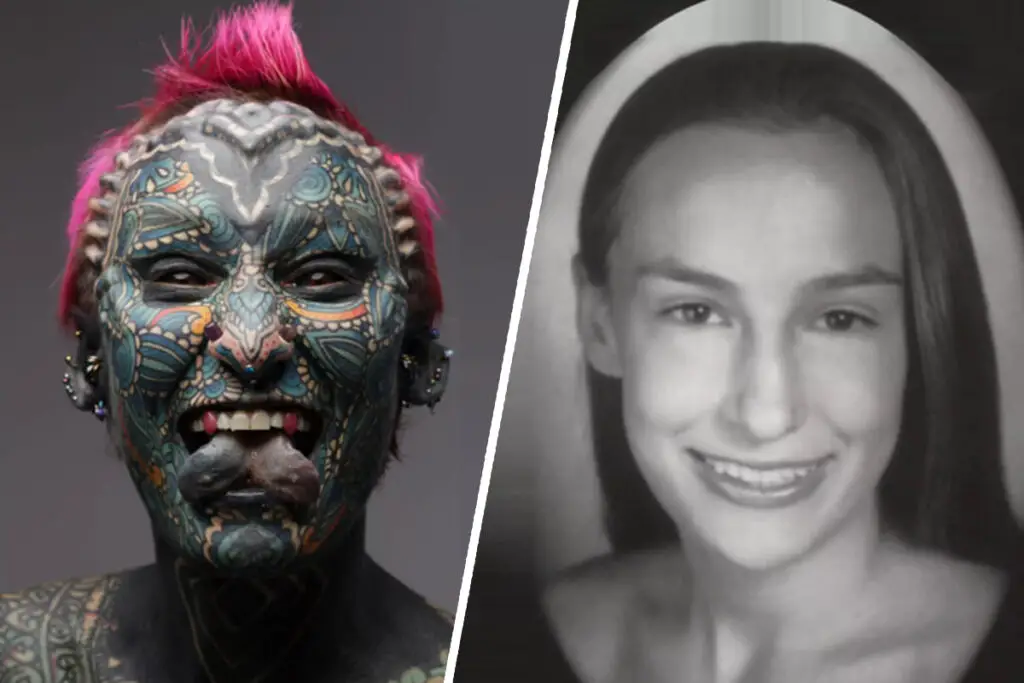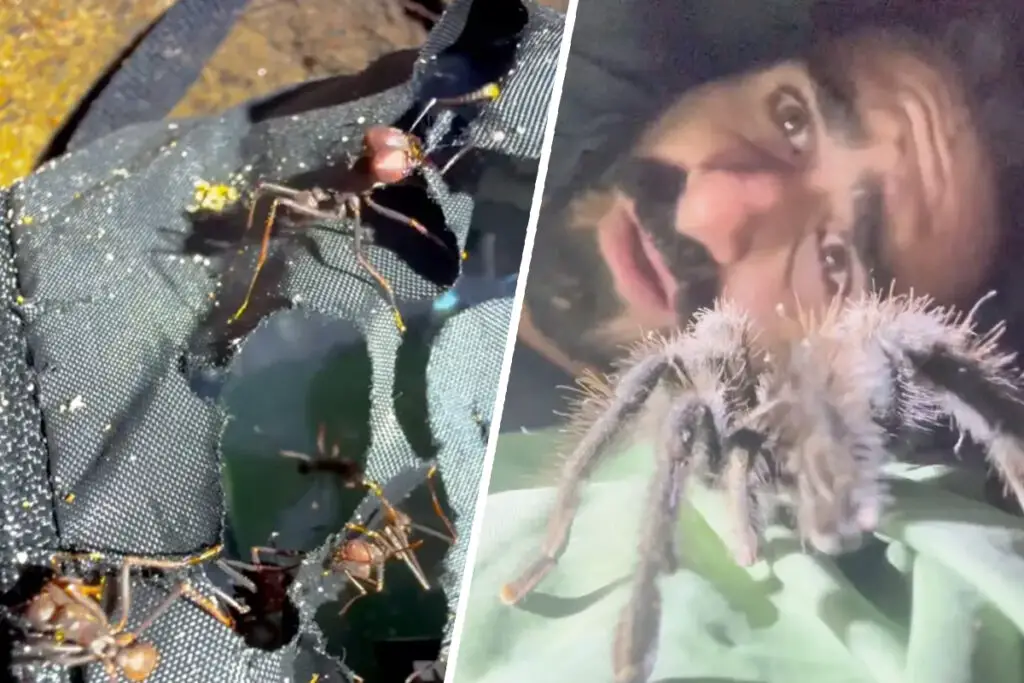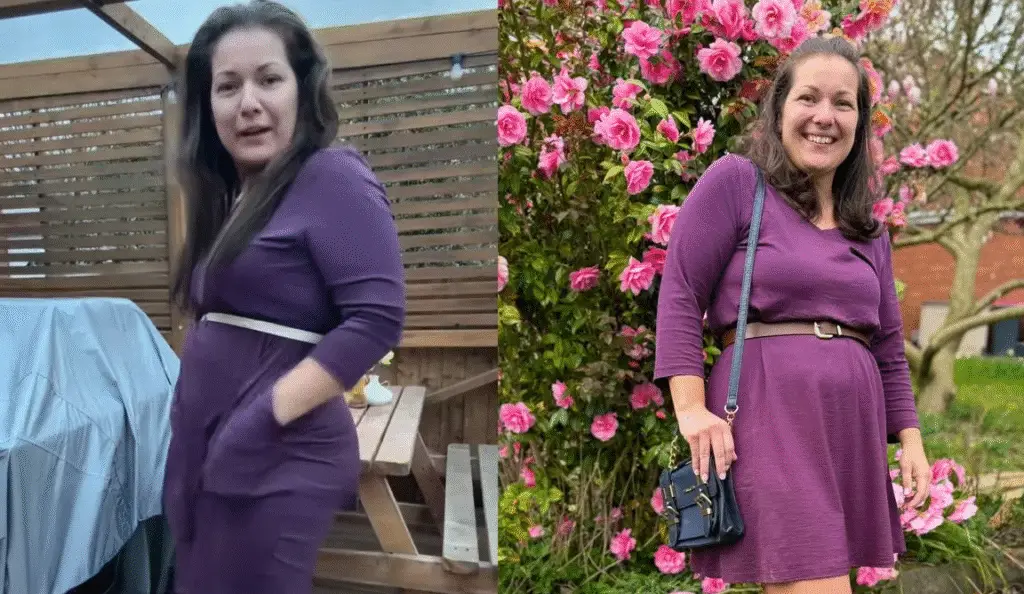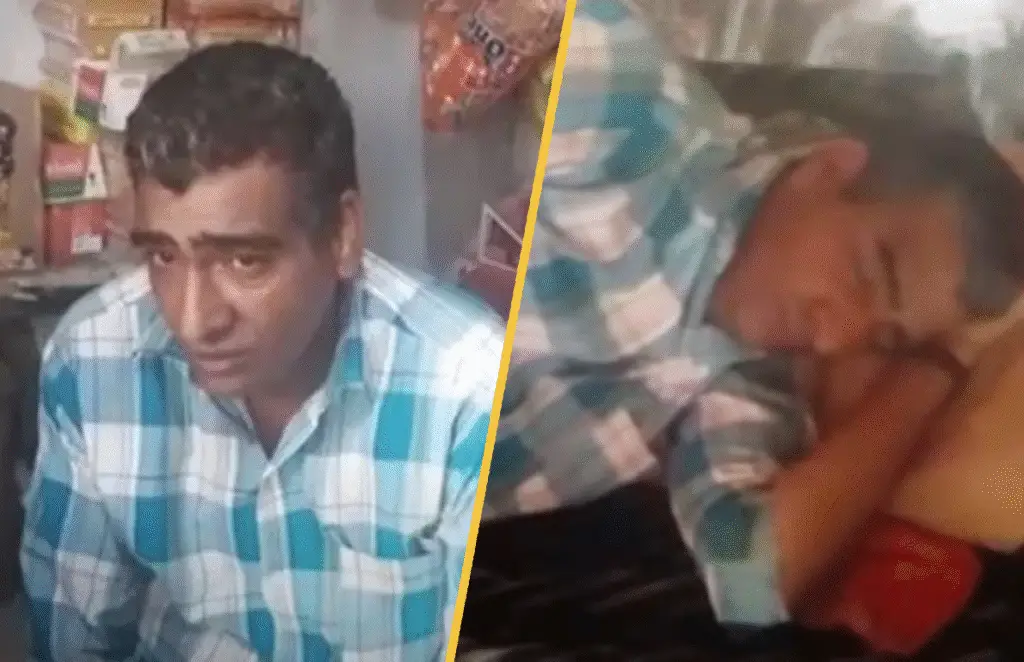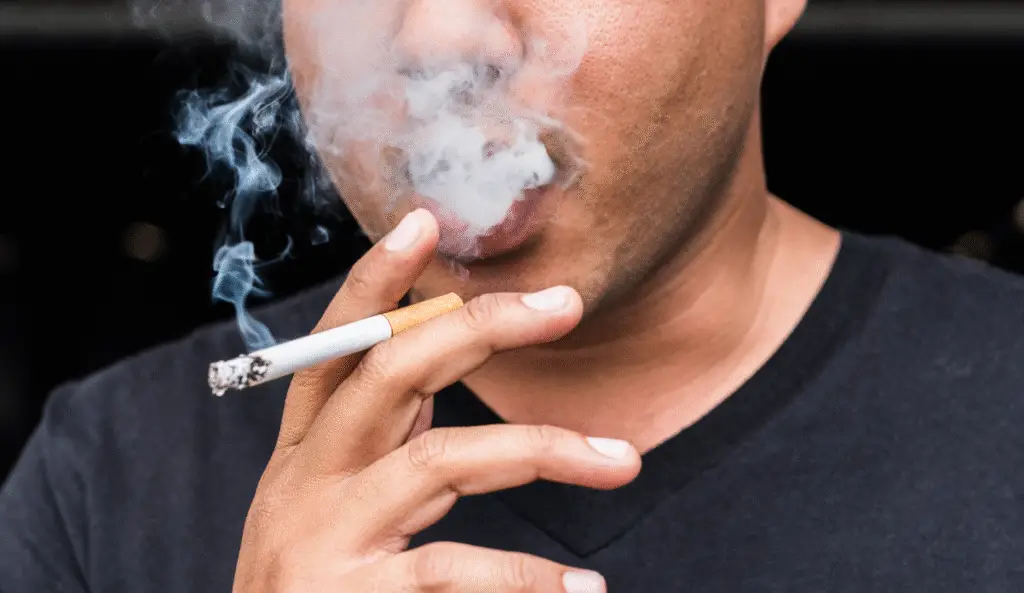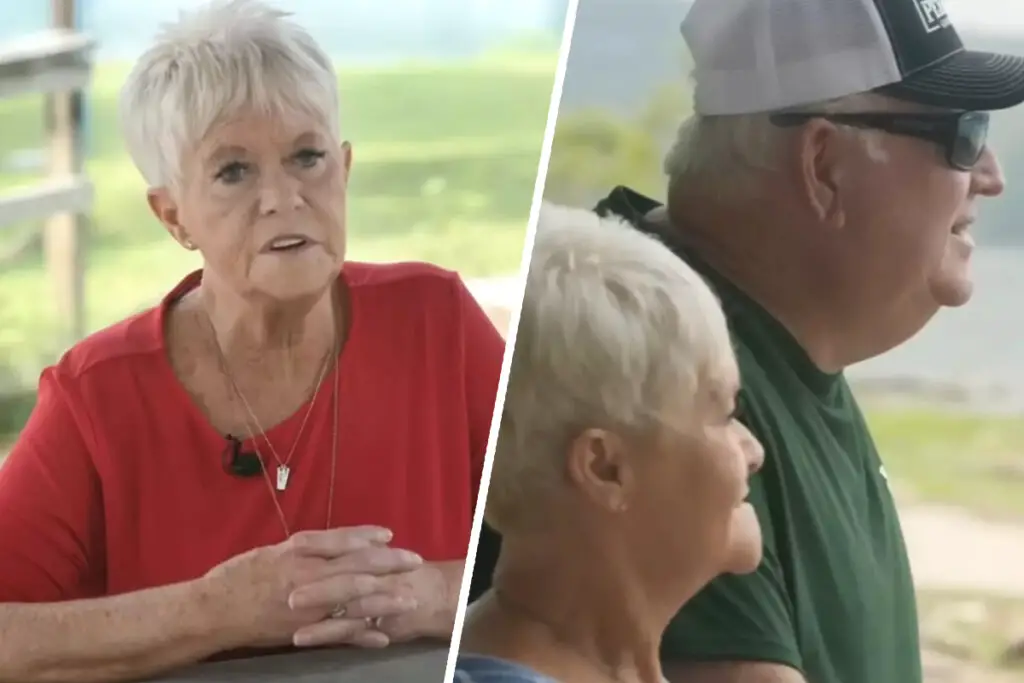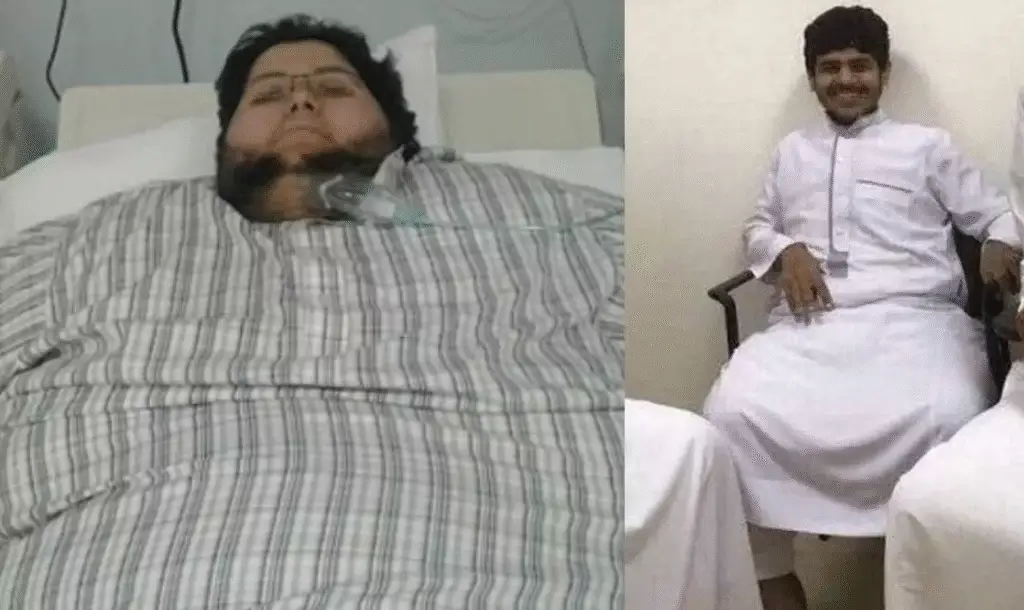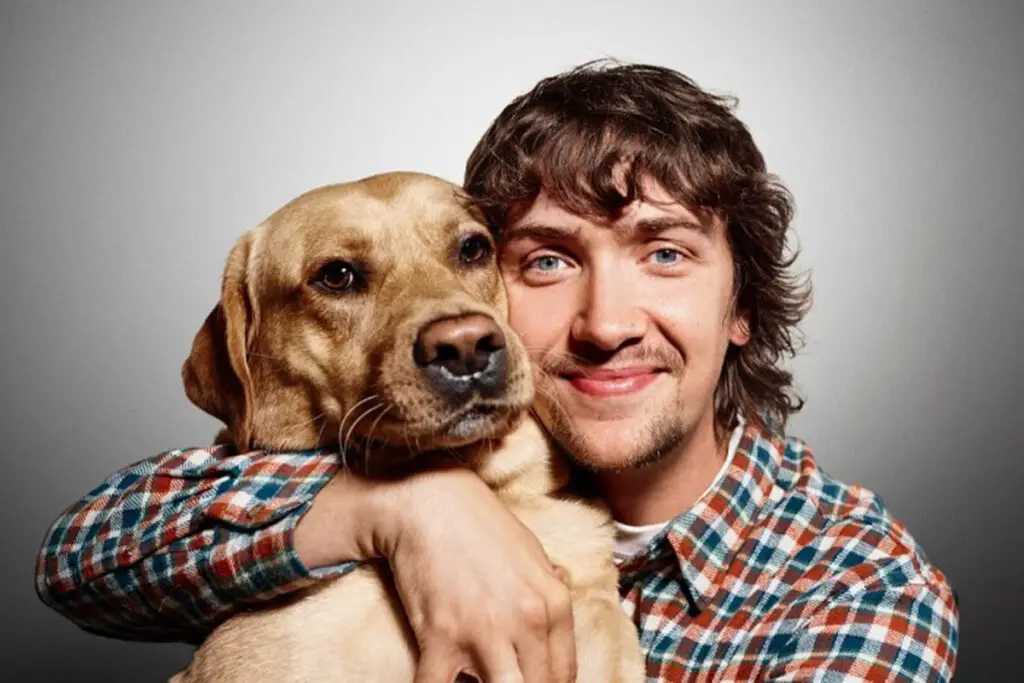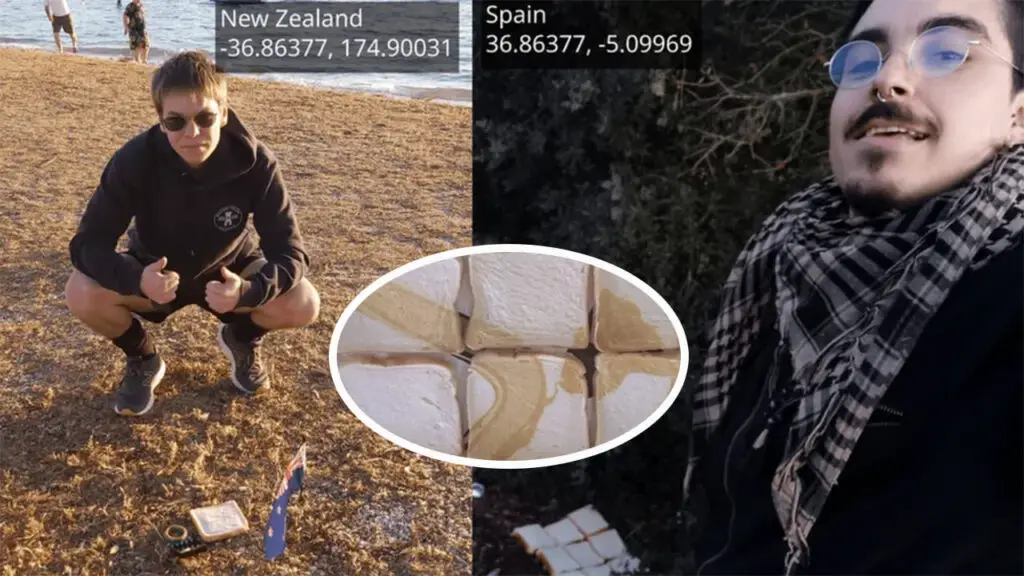A Teen’s Tears of Joy: How a Power Chair Changed Andrew Palmer’s Life

LITTLE ROCK, Arkansas — It’s one of those moments that tugs at your heartstrings, you know?
Back in May 2024, a simple home video captured 14-year-old Andrew Palmer bursting into tears of joy as his stepdad placed him into a surprise power chair.
That clip, shared on Instagram, exploded online, racking up millions of views and reminding us all how something as basic as mobility can feel like winning the lottery.
A Life-Changing Moment Captured
Andrew, living with Duchenne muscular dystrophy, has faced challenges most kids his age can’t even fathom.
In the video, you see his stepdad, Josh, carrying him into their rented duplex after school, just like any other day.
But instead of the old manual wheelchair, Andrew realizes he’s in a power chair he can control himself.
His face lights up, tears flow, and he exclaims in pure gratitude. It’s raw, emotional stuff—the kind that makes you pause and think, “Wow, we take so much for granted.”
Let me tell you, I’ve seen a lot of viral videos, but this one stands out because it’s not staged or scripted.
Andrew later shared, “I felt so excited and grateful. Before we got the chair, I didn’t have a way to get myself around in our house—my mom and stepdad had to do everything for me.”
Now, he zips from room to room without waiting for help. In my view, that’s the real magic here: a taste of independence in a life full of dependencies.
Understanding Duchenne Muscular Dystrophy
Duchenne muscular dystrophy, or DMD, is no joke. It’s a genetic disorder caused by mutations in the dystrophin gene on the X chromosome, leading to progressive muscle weakness.
Affecting about 1 in 3,500 to 6,000 male births worldwide, it mostly hits boys because it’s X-linked recessive.
Symptoms kick in early—trouble walking, frequent falls, and that telltale Gowers’ sign where kids push up from the floor using their hands.
Andrew’s mom, Katherine Palmer, recalls how it all started. “Andrew didn’t hit a single physical milestone on time as a child,” she said.

At six months, his pediatrician referred them to neurology and a geneticist. Diagnosed at just 19 months, Andrew had never even heard the word “Duchenne” before.
He took his first steps five weeks shy of his second birthday, but his body never moved like other kids’. He loved dancing back then—he still does, just differently now.
The Progression of Andrew’s Condition
By age five, falls became more frequent, so Katherine sent him to school in a manual wheelchair.
Over time, he spent more hours in it than out. Finishing fifth grade, he broke his leg from a fall while standing.
A year later, the other leg broke the same way. “He wasn’t even walking: he was standing, but his legs had grown so weak that they stopped supporting him,” Katherine explained. Andrew collapsed and never walked again.
Progression of DMD is relentless. Muscle loss starts in the legs and pelvis, moving up to arms and respiratory muscles.
By age 12, most can’t walk. Andrew lost standing ability about a year after his last walk, and now his arms are weakening too.
Cardiomyopathy often sets in by 18, and life expectancy hovers around 27-31 years, though better care can push it into the 30s or 40s.
A Different Family Life

Family life? It’s flipped upside down. Instead of soccer games or playdates, days are packed with doctor visits, hospital stays, and PT sessions.
Josh and Katherine handle everything: meals, bathroom help, tracking meds. Andrew can’t be left alone—not even for a quick grocery run.
No sleepovers, thanks to machines like his cough assist device, lung shaker, and BiPAP for sleep apnea.
Imagine that—no date nights for the parents unless a trained sitter’s available. Houses aren’t always accessible, so Andrew rarely visits friends.
“Our life looks different from other families in a lot of ways,” Katherine said. But here’s where it gets inspiring: they cherish every moment.
“We’ve known for almost all of Andrew’s life how incredible each of his milestones are and how tragically short they will last,” she added. That gratitude? It’s palpable.
Andrew, the Typical Teen
Andrew’s still a typical teen, though. Mood swings, attitude, that “I know everything” vibe. “Actually, it’s 3:12 right now Mom, not 3:15,” he quips.
But he’s got this huge humility from relying on others.
When asked why he uses a wheelchair, he keeps it straightforward: “I have Duchenne muscular dystrophy, so my legs don’t work the same as yours.”
And his favorite part of the day? “Right now, drinking this peach lemonade. Ahhh…” Classic kid stuff.
The Power Chair Surprise

The power chair story is straight out of a feel-good movie.
Andrew has a 460-pound “outside chair” for school and outings, but their duplex has steep stairs and a big tree blocking the way.
No ramp possible—a contractor confirmed it. Smaller power chairs? Not covered by insurance, costing thousands out-of-pocket. “We are not wealthy people,” Katherine said bluntly.
For years, Andrew was stuck in a “dinky little manual wheelchair” at home, unable to maneuver it himself due to arm weakness.
Katherine scanned I-Can of Arkansas, a state org for donated medical gear. She spotted a power chair, requested it, and got approved same day.
Two days later, she and Josh hauled it inside after two hours of pushing and ratcheting. They kept it secret in case it didn’t fit.
The Viral Moment
Picking Andrew up from school, Josh carried him in as usual. The video catches that split-second realization—he’s in a power chair.
Excitement erupts. “Once Andrew noticed he was in a power chair, he bursts with excitement and gratitude,” Katherine recounted.
Now, he’s happier and a bit sassier, wheeling around independently.
The video’s virality shocked them. “Yes. I can’t believe millions of people have seen it. It’s really awesome,” Andrew said.
He thinks it makes folks appreciate their own mobility. “Most people don’t think about using their legs and feet.
My life is not ‘normal’ to them. When they saw how happy the chair made me, it made them think about how lucky they are.”
Financial Struggles and Fundraising
Financially, it’s a grind. Insurance skips a lot: supplements, co-pays, therapies, adaptive gear.
“Everything labeled ‘special needs’ or ‘adaptive’ costs five times as much,” Katherine noted.
Even hotel rooms jack up prices for accessible ones. Small buys add up—water bottles for his chair, utensils, care items.
That’s why they turned to Help Hope Live in June 2021. Katherine couldn’t hold a 9-to-5 job, needing to be on call for Andrew’s frequent illnesses and specialist visits.
A big need: a wheelchair van. His outside chair sat stuck at PT for over a year without transport.
A friend tipped her off to Help Hope Live, a 501(c)(3) nonprofit with tax-deductible donations and low fees.
“I began to feel finding Help Hope Live was like an answered prayer,” she said.
Community Support and Success

They smashed their goal, raising over $70,000 in two-and-a-half months. “It blew our minds and changed our lives,” Katherine beamed.
It let Andrew use his chair at school and beyond. “To know that so many people love my little boy so much that they were willing to give financially to make this van happen just overwhelms me.”
Their community? A godsend. “God put us smack-dab in the middle of an incredible community, and I will never stop thanking Him for it.”
Needs are ongoing, so fundraising continues.
Treatments for DMD include corticosteroids like prednisolone to boost strength, physical therapy to fight contractures, and newer options like gene therapy (Elevidys for young kids) or drugs like givinostat to curb inflammation.
No cure yet, but these extend quality of life.
Advice for Other Families
Katherine’s advice to other families?
“You are not alone. There are so many of us. We see you, and we love you.” Don’t hesitate to ask for or accept help. “Raising kids like Andrew truly takes a village. Your village is out there—you just have to be willing to embrace it.”
Andrew loves his hometown for its hospitality, friends, family. “Everyone is friendly and nice to me,” he said. And yeah, he snuck in, “And I love you, Mom.” Sigh—teens, right?
A Call to Action
In my opinion, stories like this shine a light on the resilience of families facing DMD.
With prevalence at 7.1 per 100,000 male births globally, it’s more common than you think, yet awareness lags.
Andrew’s viral moment isn’t just cute; it’s a call to appreciate the little things and support orgs like Help Hope Live.
Make a donation at helphopelive.org, and follow @alittlegramming on Instagram for updates. It’s communities like theirs that remind us: hope lives in the everyday acts of kindness.

